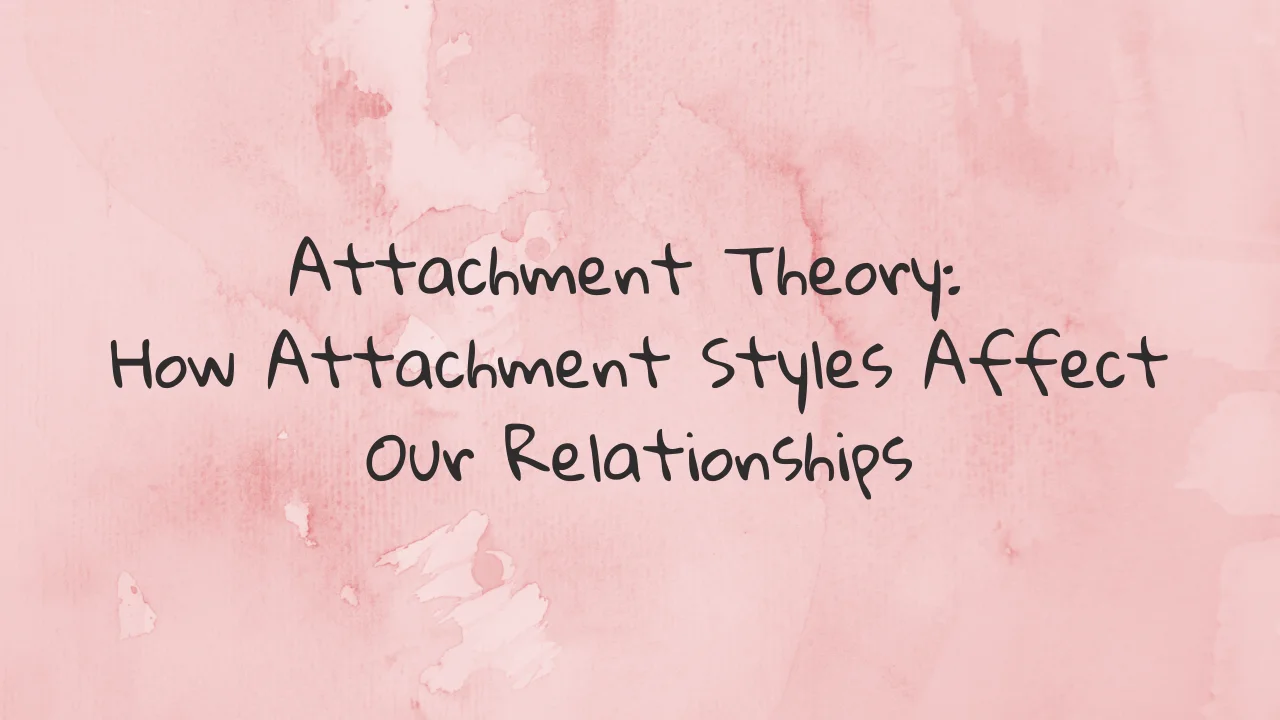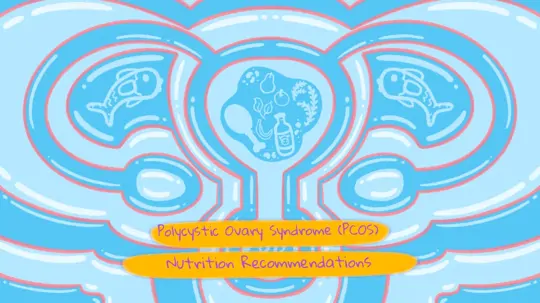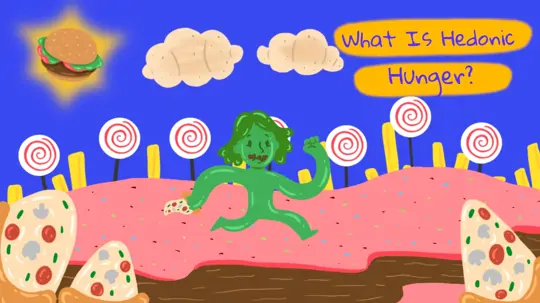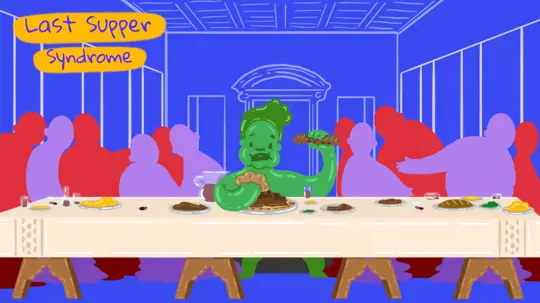
Start feeling better today!
Connect with your therapist today and take control of your life like our 850.000 happy clients.
Get StartedIn therapy scenes in movies, TV shows, and books, we frequently hear the phrase Now let's go back to your childhood.
So, in terms of psychology, how realistic is this sentence, which has now become a cliché?
Our childhood experiences are very important in terms of attachment theory, which has a significant place in psychology. It is a special emotional relationship characterized by the exchange of comfort, interest, and pleasure.
John Bowlby conducted extensive attachment theory research and defined attachment as a permanent psychological connection between people. In childhood, the infant/caregiver relationship shapes our early attachment styles.
Attachment Styles According to Ainsworth Attachment Theory
Different types of interaction and behavior in relationships can characterize attachment styles. These attachment styles focus on how children and parents interact in early childhood. The attachment styles developed as a result of these experiences will be useful in adulthood. Attachment styles are used in adulthood to describe attachment patterns in romantic relationships.
To better understand attachment behavior, Ainsworth et al. conducted an experiment with 12-18 month-old infants and their caregivers. The infants' behavior and emotional bond with their mothers were examined in this experiment, named the Stranger Situation. In this experiment, the mother and baby enter a room filled with toys, and then a stranger enters. The mother then exits the room, leaving the baby alone with the stranger.
The goal of this experiment was to observe the baby's behavior after the mother left and returned to the room. At the conclusion of this experiment, four different types of infant and caregiver patterns were observed. There are two kinds of attachments: secure attachments and insecure attachments. There are three types of insecure attachment: anxious attachment, avoidant attachment, and disorganized attachment.

Secure Attachment
When compared to other attachment styles, parents of securely attached children spend more time with their children and respond to their needs more quickly. When the parent leaves, the securely attached child becomes upset, but quickly calms down when they return. They always prefer their parents over strangers. They have characteristics as adults such as being able to trust long-term relationships, having a high sense of self-worth, enjoying close relationships, asking for help when needed, and being able to express how they feel.
Insecure Attachment
Insecure attachment styles are classified into three:
- Anxious Attachment
- Avoidant Attachment
- Disorganized Attachment
Anxious Attachment
Children who are anxiously attached, on the other hand, are much more suspicious of strangers. These children exhibit significant reactions when separated from a parent or caregiver, but they do not appear relieved when their parents return.
Adults with an anxious attachment style are often hesitant to be close to others and are concerned that their partner is not reciprocating their feelings. Relationships frequently end in divorce because the other person feels cold and distant.
Avoidant Attachment
Children with avoidant insecure attachment avoid their parents. These children do not reject parental attention, but they also do not seek it. Furthermore, they do not choose between a parent and a stranger, unlike children with a secure attachment style.
Adults who have avoidant attachment tend to struggle in close relationships. These people don't put much emotion into relationships and aren't bothered when a relationship ends. To avoid intimacy, they frequently use excuses such as long working hours. Other common characteristics include an inability to support and communicate with their spouses during stressful times.
Disorganized Attachment
Unlike other attachment styles, children with a disorganized attachment style do not exhibit a certain attachment behavior. Their actions and reactions toward caregivers are frequently observed as a mix of avoidance and resistance.
These children are sometimes described as acting dazed, confused, or worried in the presence of a caregiver. It is thought that inconsistent parenting may play a role in this attachment style.
We must remember that it is incorrect to regard our childhood attachment style as the sole determinant of our future relationships. Those who were anxious or avoidant as children are securely attached as adults, whereas those who were securely attached as children may exhibit insecure attachment patterns as adults.
Attachment is thought to be influenced in part by basic temperament. In conclusion, our romantic relationships as adults do not fully match our attachment style as children. However, there is no doubt that our relationships influence our development.
Attachment Style in Early Childhood Predicts Attachment Style in Adulthood

The "attachment figure" is the person with whom one has a close relationship. Attachment figures can be romantic partners or close friends during adolescence and early adulthood.
Although anxious, avoidant, or disorganized attachment has been linked to depression and other psychological disorders, attachment style can improve with time. Attachment behavior is defined by various emotional bonds and intensities that vary depending on the person and the context3.
Anxious Attachment in Adulthood
As a result, anxious people have difficulty separating from their attachment figures in adulthood; they want to be close to them emotionally and physically, and they have difficulty separating.
At the same time, these people are constantly attempting to influence and be noticed by their attachment figures. These people have also been observed to have separation anxiety, approval anxiety, and anxiety about pleasing others.
In their romantic relationships, these people are afraid of separation and strive to be both emotionally and physically close. These people are prone to conflict and have difficulty solving problems. These people avoid dealing with problems and refuse to accept responsibility. At the same time, it is clear that their self-esteem is low.
Avoidant Attachment in Adulthood
People with avoidant attachment, on the other hand, exhibit behaviors that emphasize self-sufficiency and contentment with loneliness. These people are dissatisfied with their relationships and are unable to fully devote themselves to them.
They avoid relationships as well, preferring to be physically and emotionally apart from one another. People with avoidant attachment, like those with anxious attachment, have difficulty solving problems. These people are also apathetic and have low self-esteem. At the same time, it has been observed that these individuals have trust issues.
Secure Attachment in Adulthood
It has been observed that securely attached people maintain secure attachment in adulthood and have a high level of relationship satisfaction. When they are babies, these people feel safe with their parents, and when they are adults, they feel safe with their romantic partners. These people are pretty good at expressing their feelings.

Conclusion
Because different attachment figures emerge at different stages of life, the attachment style with primary attachment figures in infancy and childhood is not permanent or irreversible.
Childhood attachment styles are not so definitive that they will continue in the same style and level with everyone in a future relationship. Yet, of course, it affects how people connect. The person chooses a partner who is compatible with their attachment style. As a result, the sooner awareness of this issue is gained and relationships are worked on in this regard, the better.
In adulthood, the person can develop the secure attachment that they could not develop with their parents with their partner. Important factors include the person's level of insecure attachment, awareness of the issue, and willingness to improve their relationships.
Even if the person does not choose a romantic partner on a conscious level after becoming aware of attachment and being open to improvement in this space, they may find themselves attracted to a partner with whom they can establish a healthier relationship.
Furthermore, there are no clear distinctions between attachment styles. You can evolve to be more secure in a relationship if your partner is more secure!
Sources
- Bowlby, J. (1979). The bowlby-ainsworth attachment theory. Behavioral and Brain Sciences, 2(4), 637-638.
- Ainsworth, M. D. S., Blehar, M. C., Waters, E., & Wall, S. (1978). Patterns of attachment: A psychological study of the strange situation. Hillsdale, N.J.: Erlbaum.
- Hazan C., & Shaver P. (1987). Romantic love conceptualized as an attachment process. J Pers Soc Psychol. 1987;52(3):511-24. doi:10.1037//0022-3514.52.3.511
- Verhage, M. L., Schuengel, C., Madigan, S., Fearon, R., Oosterman, M., Cassibba, R., . . . Van-IJzendoorn, M. (2016). Narrowing the transmission gap: A synthesis of three decades of research on intergenerational transmission of attachment. Psychological Bulletin, 142(4), 337–366.





